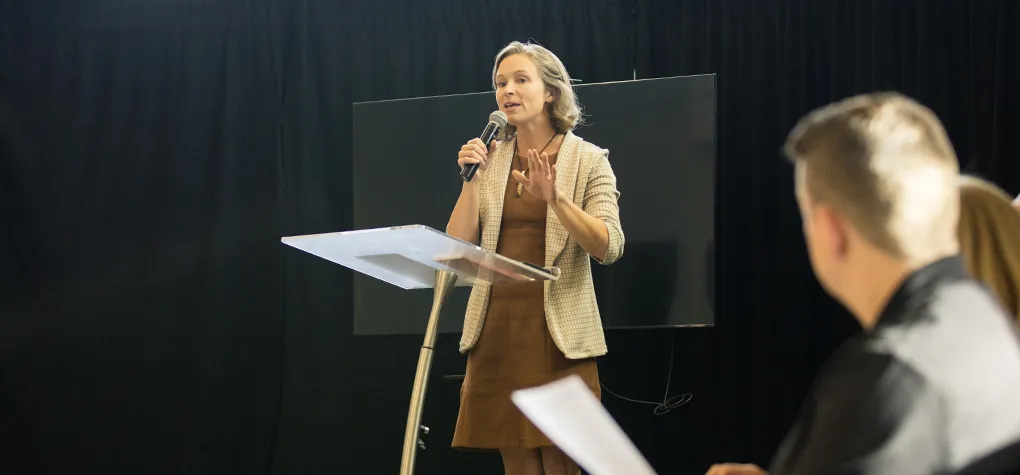
Faculty Research
Often viewed as one of the unique aspects of a Jessup education is the faculty that is entrusted to teach our students. They represent the academic voice in our community. Here are some of their scholarly works over the academic year:
Fall (2023) Colloquium
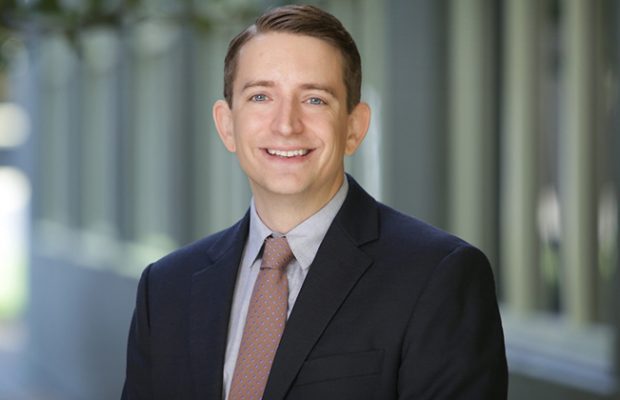
Cameron Wilson, Ph.D.
Program Director of Digital Humanities, Professor, School of Business, Arts & Humanities
Artificial Intelligence Assisted Research
Over the last year, I have had the privilege of collaborating with several English majors on AI-assisted research projects, harnessing the power of machine learning algorithms to enhance research in the field of literary studies. Our students have been pleasantly surprised to find that the discipline of English, usually associated with dusty tomes and cavernous libraries, is a natural fit for some of the cutting-edge tools used in analyzing text data.
In November of 2023, I had the honor of speaking at the Jessup Research Colloquium, sharing insights into how Natural Language Processing (NLP) serves as an invaluable tool in humanities research. Put succinctly, NLP involves computers understanding — and in some cases responding to or generating — human language. In the context of the discipline of English, NLP empowers scholars to examine patterns within vast volumes of text data, whether that data is the body of work of a single author or hundreds of novels across multiple centuries.
Currently, I have two English majors utilizing NLP in their research projects: one student is exploring patterns in nineteenth-century romance novels and their evolving representations of women; another is unpacking how machine learning can identify key narrative structures and plot points in works of epic literature. Analysis that would once take months or even years can now be accomplished in a handful of days, leaving the mundane tasks to an algorithm while freeing up the scholar to focus on tasks that demand higher-order thinking.
The learning curve is steep when first learning the basics of NLP, and it can be easy to get lost in the acronyms and jargon of AI and machine learning. However, English majors, by nature, are an exceedingly curious bunch, eager to generate new insight about the texts that fascinate them. It is a joy to witness them connect their research instincts with tools that supercharge their exploration. I’m excited that our participating students will not only have learned about literary works and their cultural contexts but also gained a competitive advantage in the twenty-first-century economy, cultivating skills in data analysis, prompt engineering, data analysis, and AI.
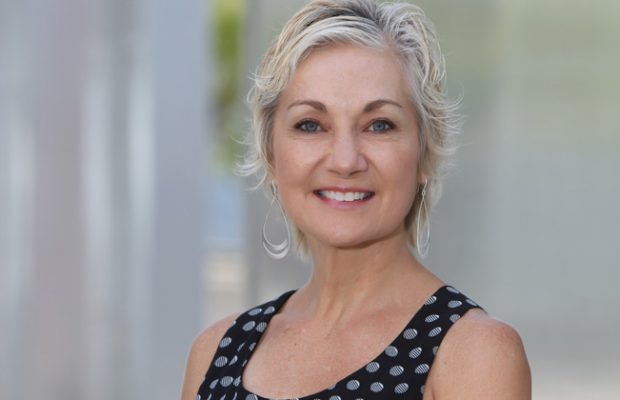
Erin Ambrose Ph.D.
Program Director – Undergraduate Psychology, Professor, School of Psychology
Benefits and drawbacks of using short-term volunteers in International Missions.
As voluntourism has grown steadily in recent years, especially among college students, there is a need for continuing research to ensure we are helping and not harming vulnerable populations. Estimates from one to four million people serve on short-term mission trips every year.
Christian colleges and universities are sending a record number of students abroad on short-term mission trips each year. Many short-term trips involve children, who are often put in emotionally vulnerable positions. What are we accomplishing?
Much of the academic research which has been conducted on short-term missions focused on the benefits to the volunteer. Volunteer efforts often include an altruism-egoism mixture. Wanting to do good, but also expecting God to do something big for them, volunteers often share stories on their return of the blessings they received and how much God did in them, and through them, during the experience. While this is not bad per se and God certainly can move in multiple areas at once, the impact on the receiving community has remained largely unexamined.
This pilot study investigated the benefits and drawbacks of using short-term volunteers in an international setting. Two organizations, both serving street families in Southeast Asia that utilize volunteer teams from the United States, participated in this qualitative research project. Through observation of their programs and semi-structured interviews with the children, families, and staff, differences were noted, and a set of best practices emerged.
While staff were more hesitant to discuss the downsides of using short-term teams, the children were more forthcoming in discussing the challenges for them. Results of the interviews and observations showed the need for extensive training, cultural sensitivity preparedness, increased organization, greater reliance on locals, and management of volunteers’ emotions were key to successful implementation of teams. Time and language barriers remain hurdles to be overcome. Critical reflection of short-term mission engagement and global volunteering is an ongoing necessity.
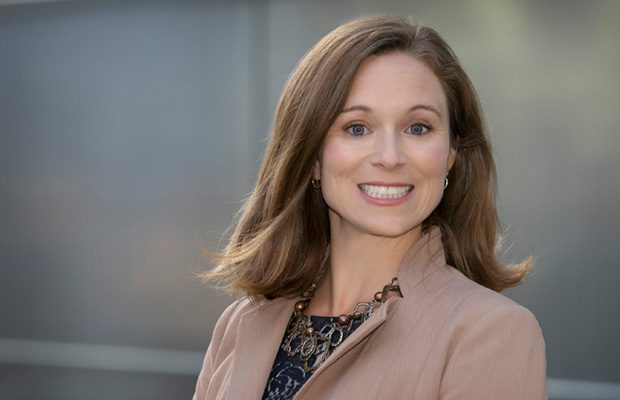
Libby Backfish Ph.D.
Program Director – Biblical Studies; Associate Professor, School of Theology & Leadership
Greater is the art of the Ending: Poetic Closure in the Psalms
Henry Wadsworth Longfellow famously wrote, “Great is the art of the beginning, but
greater is the art of the ending.” How poems end is of crucial importance, both for the poem’s meaning, and for how readers are to respond to the poem. Much study has been done in the field of literary theory and poetics on the features that give poems a sense of “closure” and how that affects the reader.
Biblical scholars are also starting to take a closer look at how Hebrew poetry ends, including the variety of closure strategies involved, the methodologies needed to identify those strategies, and how such strategies direct the reader. For example, some endings focus the reader’s attention to the ending itself. Some invite readers to revisit the beginning of the poem in light of the whole. Some bring readers back to a central part of the poem, to emphasize a point or to disambiguate a point. Some poems even refuse to end, but push the reader forward to the next poem or to self-reflection. This lecture explored various ways that Hebrew poems end by focusing on select examples from the book of Psalms.
Spring (2024) Research Colloquium:
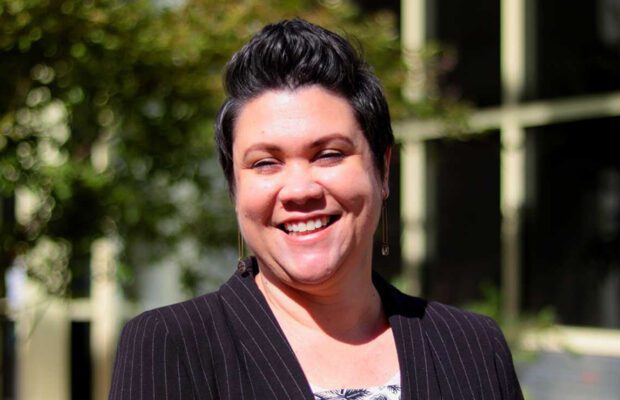
Dr. Dorisa Costello
Dept of English/faculty advisor of Mentonym
What would the acts of venerated saints of various Judeo-Christian traditions look like if lived out in our modern world? Or put another way, where in our world do we see acts of everyday, common grace? My collection of poetry, entitled, “The Book of Common Saints,” images saints in everyday situations and explores grace and holiness, compassion and courage, through their stories and iconography.
The included poem was inspired by the icon of the Holy Family: Joseph, Mary, and Baby Jesus, and a flight I took from Sacramento to New York where a frazzled single mother was trying to travel with her fussy baby. The poem is called, “The Holy Family in Economy.”
The Holy Family in Economy
What if, after the long haul through the desert on donkey-back
without inn to rest their weary heads
Mary and Child find themselves in economy class
diaper bag jammed under the seat front,
mother and baby crammed between the hipster in crop top and Uggs
and the businessman with laptop flipped up
Unsoothed swaddled Messiah wails at altitude
pressure popping little eardrums; from all sides
heat of annoyance bakes the mother’s cheeks red,
What a horrible mother to let her baby cry like that,
What a horrible woman to take up my space with her maternity
She should have just stayed home
She longs for home, a four-hour flight away
where finally, finally some respite some relief
from strangers’ daggers judging her plight, resenting
her place among them. Jesus soils his nappies and Mary
must weigh the millstone of disturbing the suited man
huffing his displeasure at her every invasion of his armrest
to get to the lavatory, or the silent lacerations
across her skin of the other passengers as the smell
of breast milk and mushy peas permeates the cabin
© 2023 Dorisa D. Costello
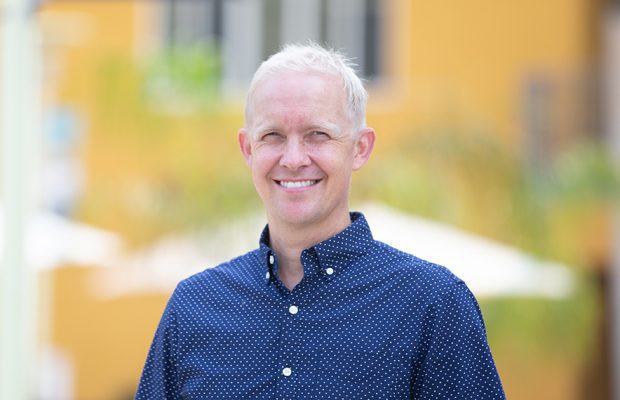
David Heitman, Ph.D.
Program Director, MA Leadership, Associate Professor, School of Theology & Leadership
Leadership Stress Resilience
Where would we be without stress? Leaders spend their entire professional lives developing leadership stress resilience, intentionally or unintentionally.
Undergraduate student leaders express increasing stress levels, often leaving them unprepared to lead in a complex world of challenge and change. While higher education heavily invests in preparing graduates to think critically and lead successfully, research shows an increasing number of students display low-stress resiliency and risk-aversion while struggling to cope with challenge and failure pre-and post-graduation.
This study, conducted at faith-based Christian universities during the COVID-19 pandemic, used grounded theory to generate a generalizable leadership stress resilience model that explains: (a) Why and how undergraduate student leaders experience stress; (b)The influence of stress on student leaders at faith-based institutions; (c)The various processes and strategies student leaders employ to resolve their main concerns regarding the impact and consequences of stress; and (d) The role faith plays, if any, in how student leaders cope with stress.
The study informs student leadership development for higher education professionals in the critical area of stress resilience and reveals insights into the formative role faith has on leaders, particularly the influence of faith on leadership stress coping. Three meta-themes of student leader expectations, processing student leadership stress, and the role personal authentic faith played in developing stress resilience versus an obligatory faith that compounded stress emerged.
The leadership stress resilience model assists in mapping and forecasting stress to better understand the convergence and compounding effects of stress. While existing scholarship covers leadership development and leadership stress, little was previously known about the influence of stress on student leaders at faith-based institutions.
